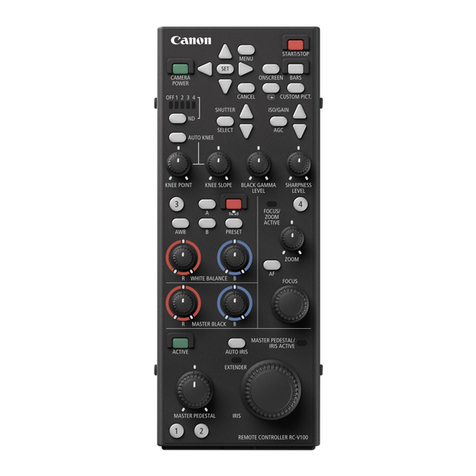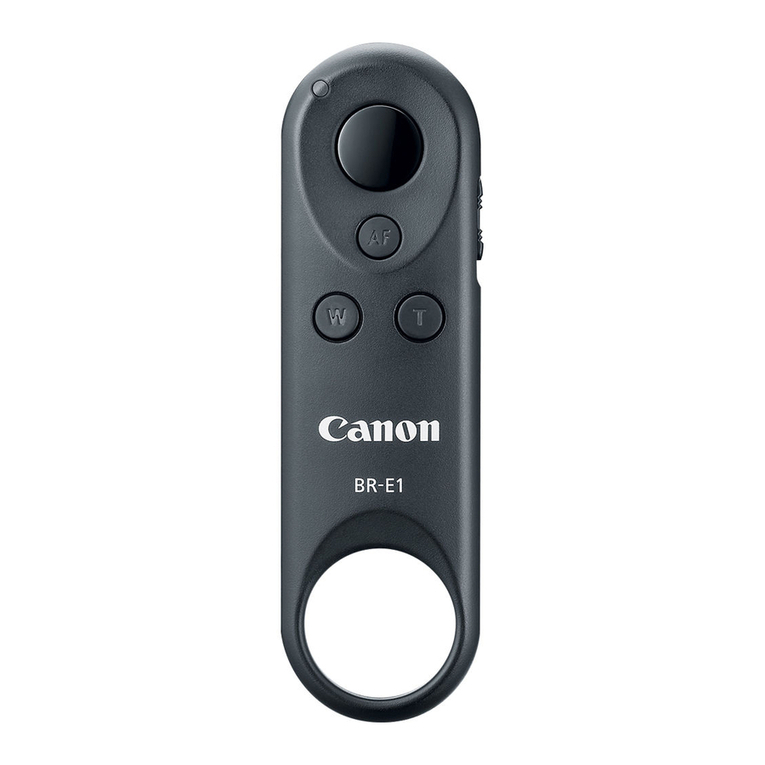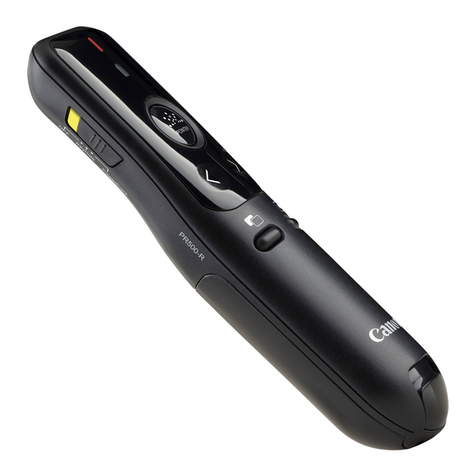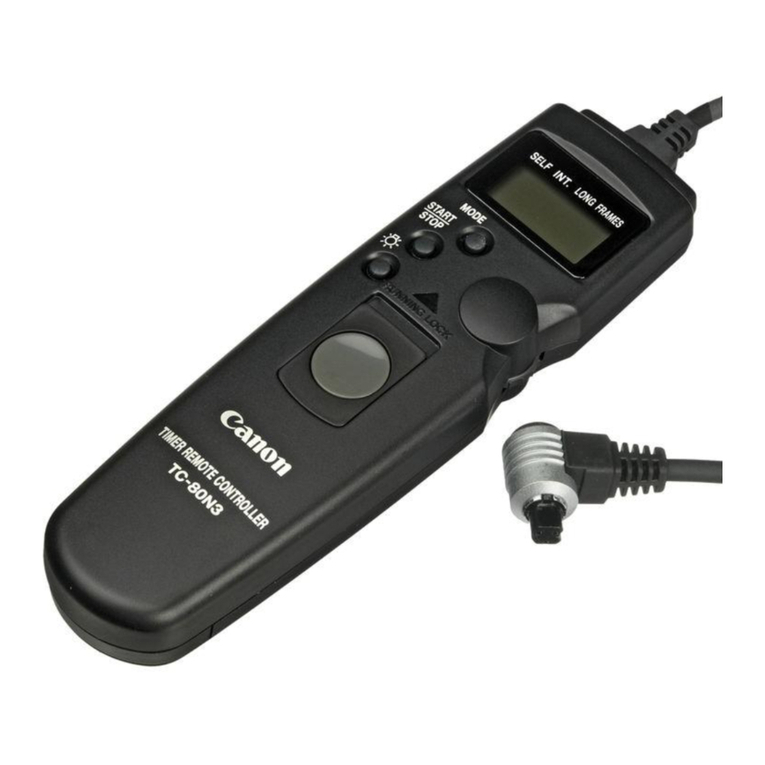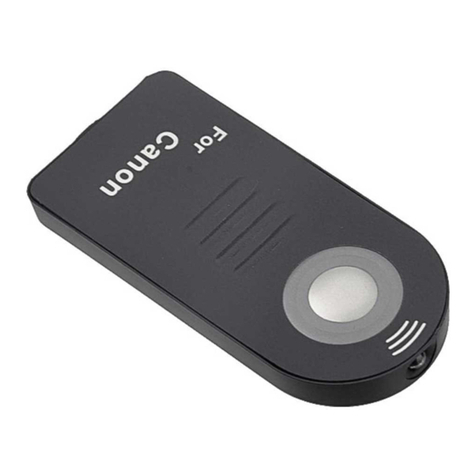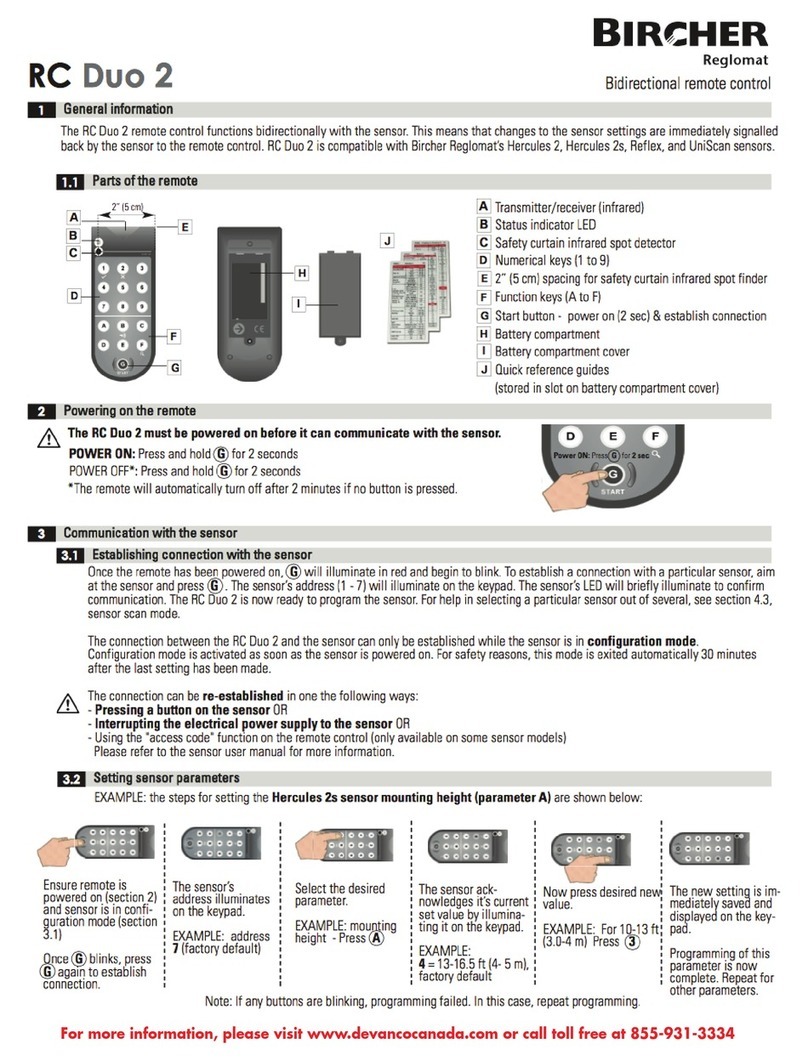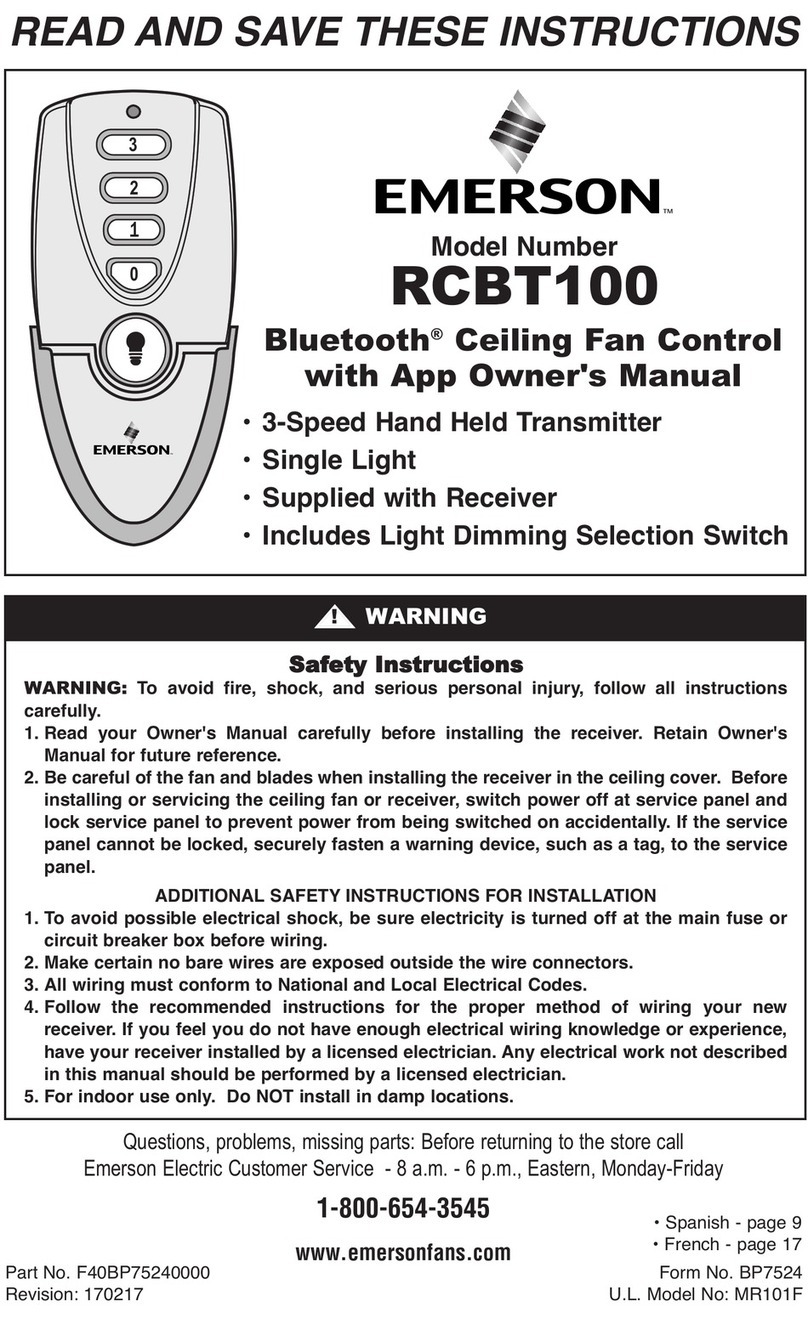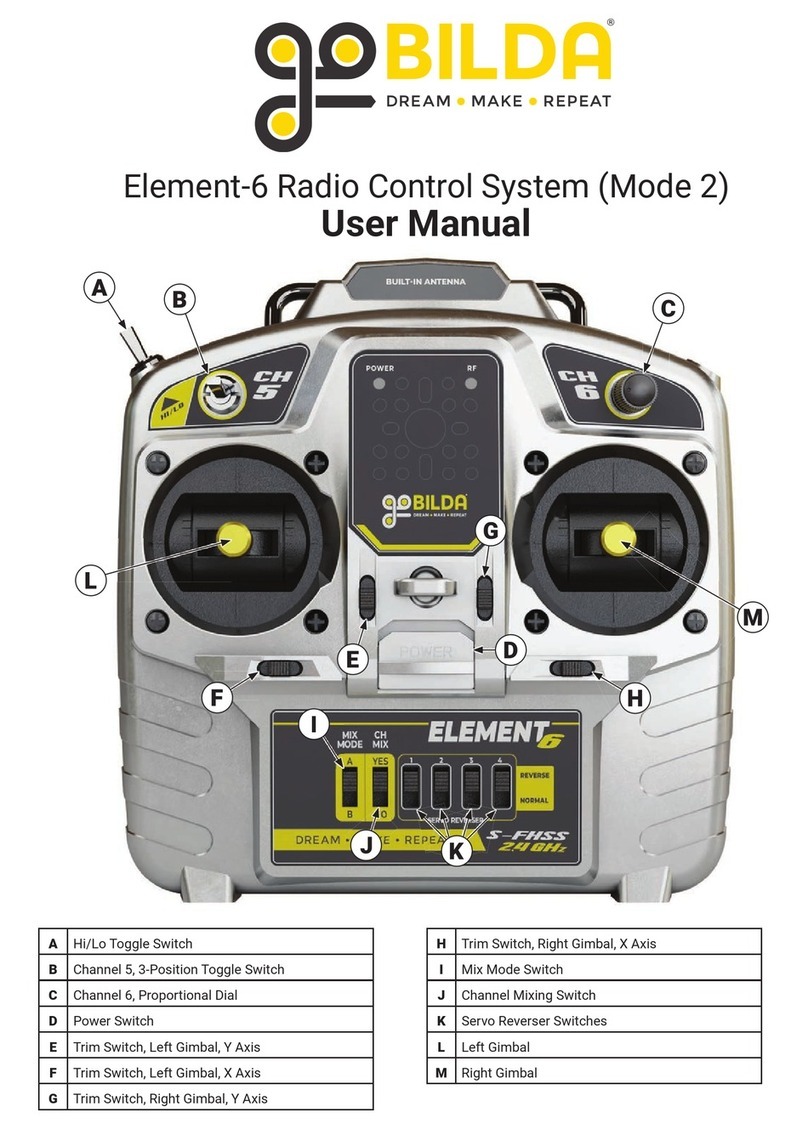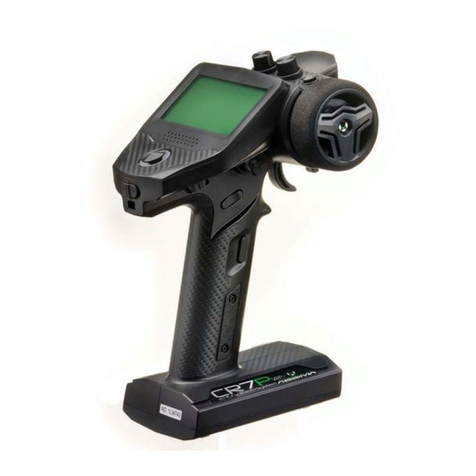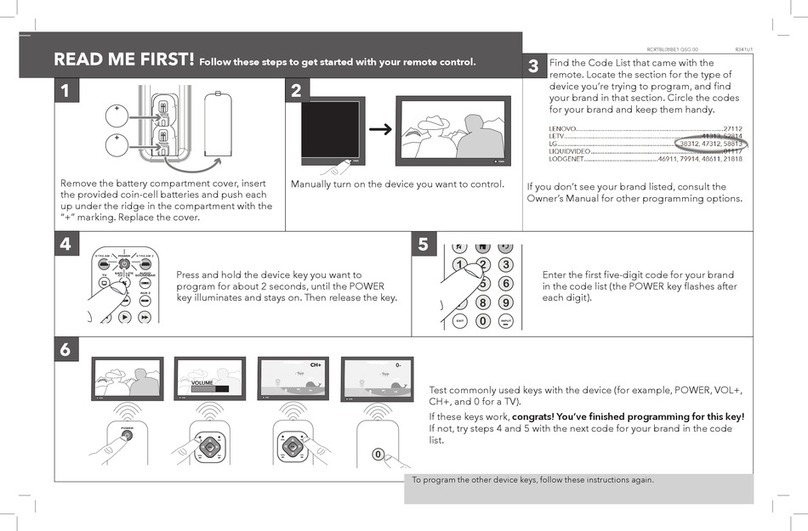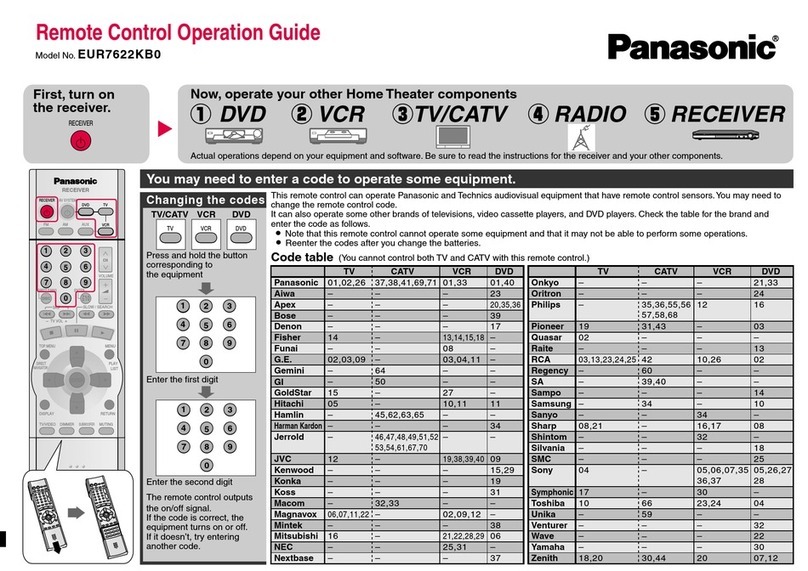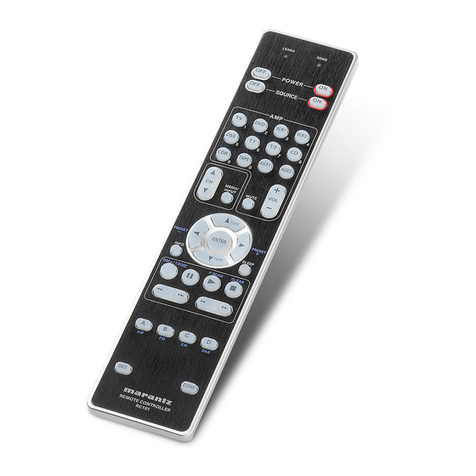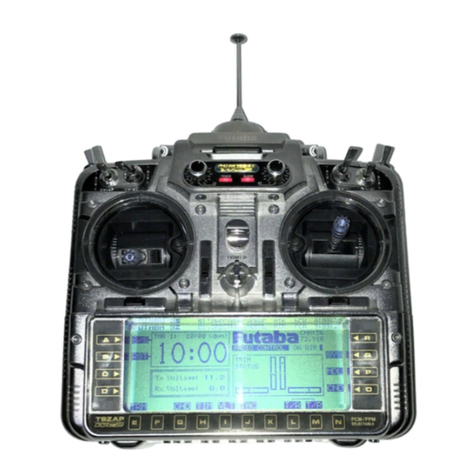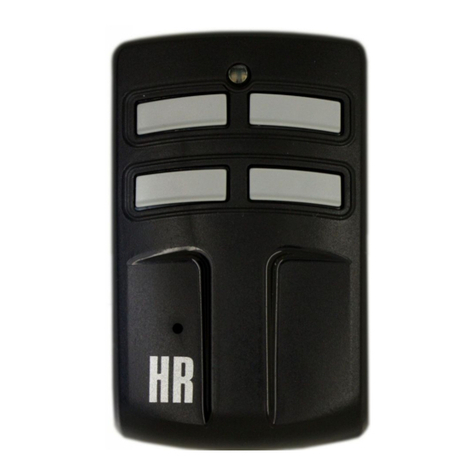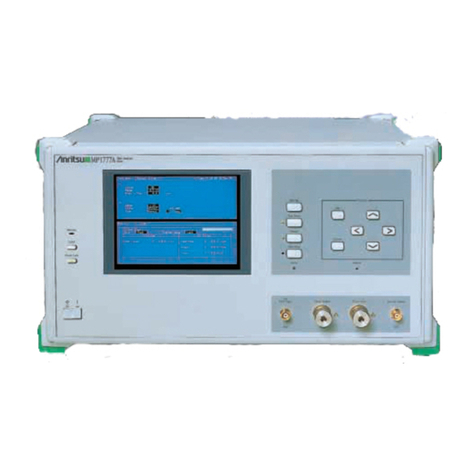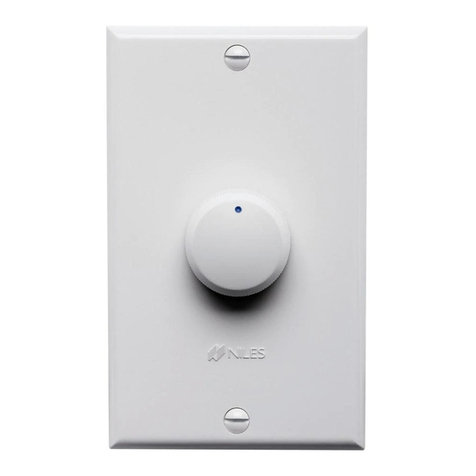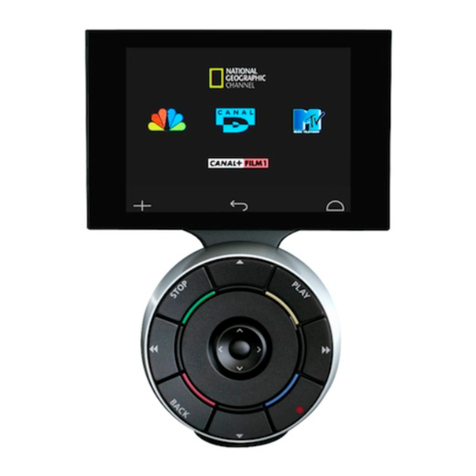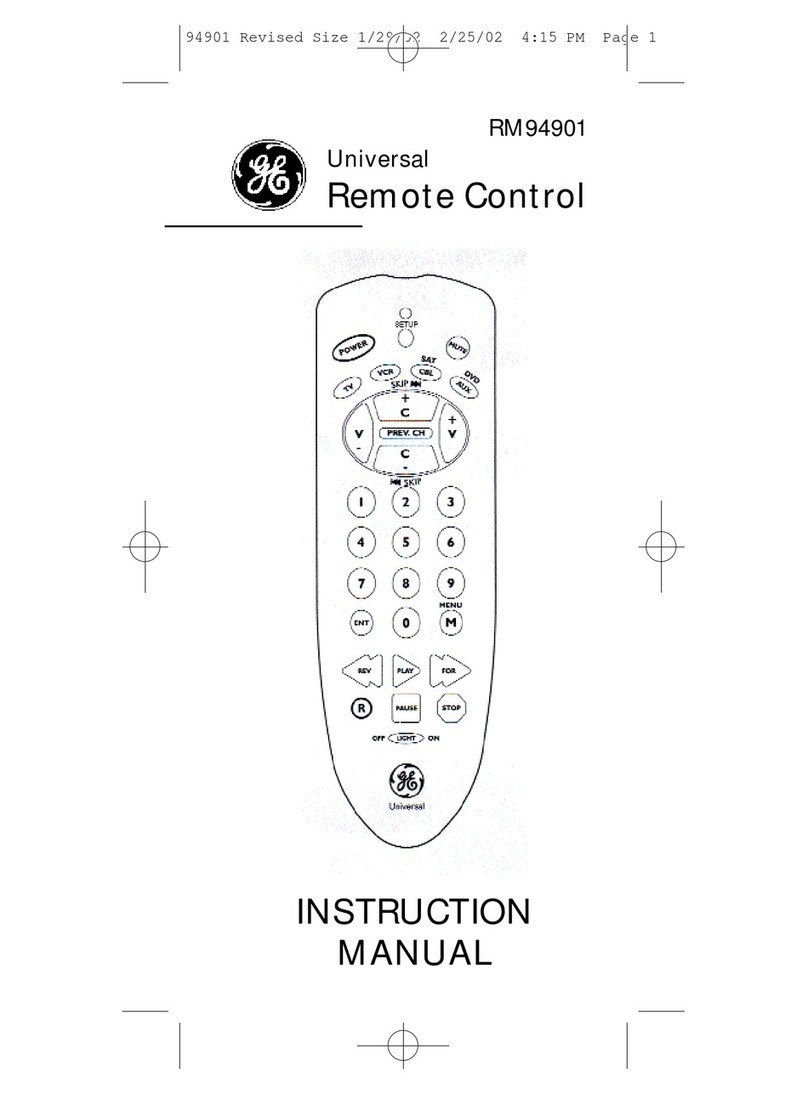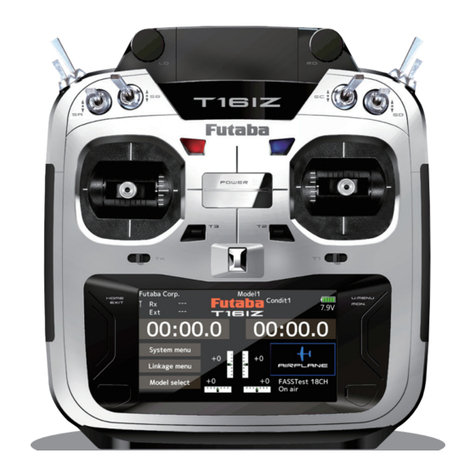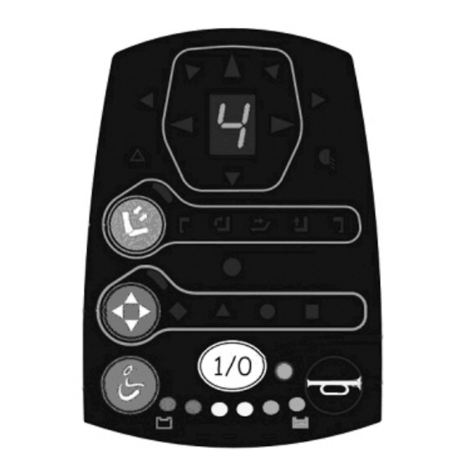
will begin to count down.
4. To cancel the exposure, press the Start/Stop button.
Note: For unattended shooting, focus manually. If the camera is set to AF and is unable to find
focus it may not release the shutter.
1. Press the Mode Button to select the Exposure Count mode.
2. Press the Jog Dial. The exposure count digits will begin to blink.
3. Turn the Jog Dial to the number of exposures you want, from 1 to 99. If you set the counter to
00, the number of exposures will limited only by the amount of film or memory card space
4. Press the Jog Dial to register the number of exposures. Once an amount has been registered
the exposure count display will no longer blink.
5. Press the Start/Stop button. The camera will begin shooting and will continue until it completes
the number of exposures you have. The TC-80N3 will count down the number of exposures.
Unless you specify a specific interval, the exposures will be taken at one-second intervals.
Note: When shooting a sequence of exposures with flash, set the interval timer so that the flash
will have enough time to recyle between exposures.
The Hold function prevents accidental changes to your settings. It also prevents the Start/Stop
Button from accidentally stopping an operation after it has started. To activate this function, press
and hold the Display Illuminator Button for at least three seconds until the Hold indicator
appears on the display. To cancel this function, press and hold the Display Illuminator Button for
at least three seconds until the Hold indicator disappears.!
Simultaneously press the Mode Button, Display Illuminator Button and Jog Dial to cancel all
settings. Setting the time or number of exposures to 0 will cancel the respective mode.!
The TC-80N3's Release Button functions in the same way as the Remote Switch RS-80NC. The
remote switch function does not require battery power.!
As with your camera's shutter button, you can press the Release Button either halfway or all the
way. Pressing it halfway activates your camera's autofocus and exposure meter. Pressing it all
